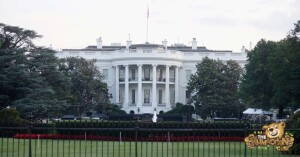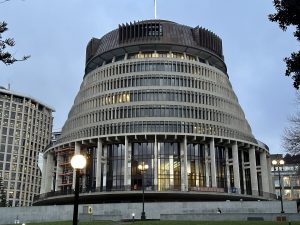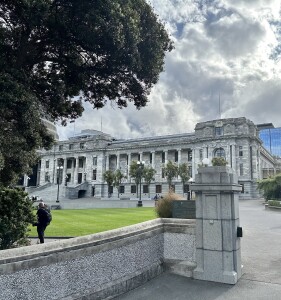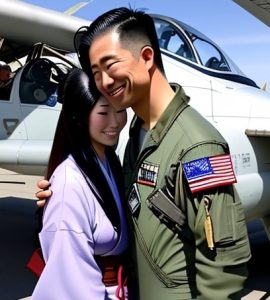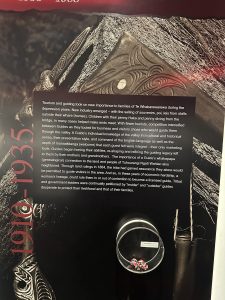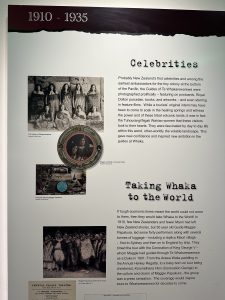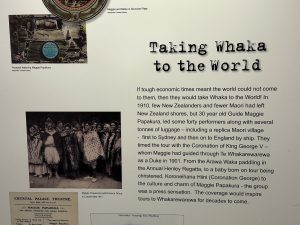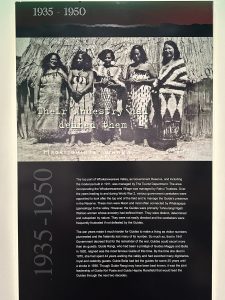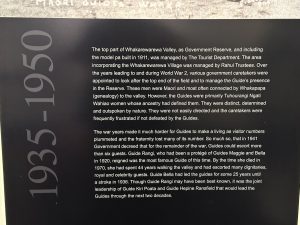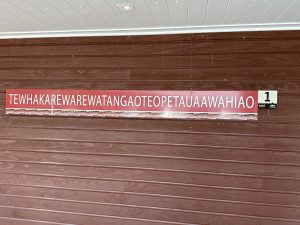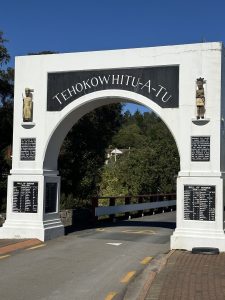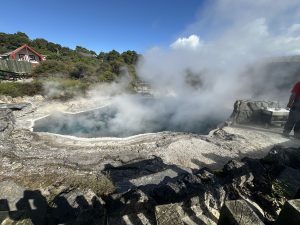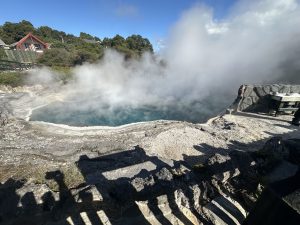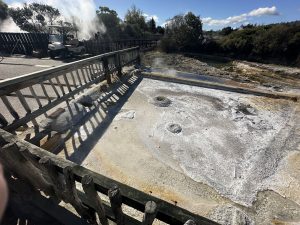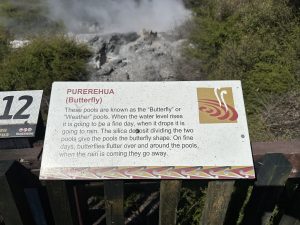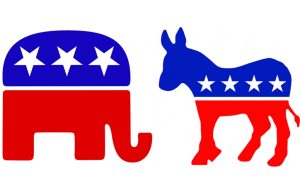
The advent of blockchain technology and distributed ledger technologies (DLT) heralds a new digital frontier that transcends the boundaries of cryptocurrencies into more complex socio-economic systems. In recent years, pioneering industries such as supply chain management, healthcare, and finance have begun exploring the potential applications of this technology to enhance transparency, security, and efficiency. This essay will delve into how blockchain and DLT are poised to revolutionize these sectors by providing unprecedented solutions to long-standing issues such as traceability in supply chains, data privacy in healthcare, and fraud prevention in finance. Yet, despite its promising advantages, the integration of blockchain across different platforms and industries presents considerable challenges. Specifically, the essay argues that for blockchain to reach its full transformative potential across these critical areas, significant advancements must be made in interoperability—enabling diverse systems to work cohesively—and scalability—to ensure these systems can handle vast amounts of transactions or data efficiently. These enhancements are not merely technical upgrades but are essential for realizing a truly interconnected and efficient global digital infrastructure.
Building on this foundation, it becomes clear that while blockchain and DLT have laid a promising groundwork in industries like supply chain, healthcare, and finance, the journey towards widespread adoption is still fraught with technical hurdles. Notably, Hellwig and Huchzermeier (2019) highlight the significant interest in blockchain’s capacity to revolutionize supply chain processes and trade finance by boosting transparency and reducing fraud. Yet, the realization of these benefits is contingent upon overcoming existing limitations related to interoperability and scalability. For instance, within supply chains that stretch across various geographical boundaries and involve multiple stakeholders—from manufacturers to logistics providers—blockchain networks must be able to seamlessly interact with disparate systems to provide real-time tracking and verification of goods. Similarly, in healthcare, ensuring that sensitive patient data can be securely shared between different providers requires robust interoperability frameworks that also respect privacy regulations. Meanwhile, the financial sector’s complex regulatory environment demands that blockchain solutions not only scale efficiently but also comply with myriad national laws—a challenging feat when each transaction could potentially cross multiple jurisdictions. As such, developing blockchain architecture that supports extensive scalability without compromising on speed or security is crucial for its application in handling high volumes of transactions in global finance (Hellwig & Huchzermeier, 2019). Thus, advancing these core aspects of blockchain technology—interoperability and scalability—is imperative to harness its full potential across these pivotal sectors.
Acknowledging these challenges, recent research underlines the urgent need for empirical studies to better understand and address the barriers hindering blockchain’s broader application. According to Kamble et al. (2023), while the theoretical benefits of blockchain in supply chain management are well-documented, there is a significant gap in empirical evidence on its actual impact and implementation efficiency within the sector. This suggests that for industries such as supply chain, healthcare, and finance to fully leverage blockchain technologies, there must be a concerted effort not only towards technological advancements but also towards conducting robust empirical research that can guide these enhancements. The call by Kamble et al. (2023) for more comprehensive studies highlights an essential step in moving from speculative benefits to practical applications, reinforcing the need for improved interoperability and scalability solutions that can handle complex networks of transactions and data exchanges across various systems and borders efficiently and securely. Thus, progressing toward a future where blockchain technology can fulfill its potential in these critical areas requires both innovative technical developments and a deeper understanding of its practical implications through empirical investigation.
Building on the insights of Kamble et al. (2023) regarding the need for more empirical research, it is equally crucial to consider the implications of blockchain’s radical innovation potential as explored by Holotiuk, Pisani, and Moormann (2019). These authors delve into how blockchain’s transformative impact on the payments industry exemplifies its broader capacity to revolutionize various sectors, including supply chain, healthcare, and finance. Specifically, they suggest that blockchain can fundamentally alter market structures and business processes in these areas through enhanced transparency and decentralized control (Holotiuk et al., 2019). This perspective is vital because it aligns with the necessity for developing robust interoperability and scalability within blockchain frameworks. As industries increasingly rely on blockchain to handle vast amounts of data across multiple jurisdictions and systems, the technology must evolve to ensure seamless integration without sacrificing security or operational speed. Hence, leveraging insights from radical innovation theory could provide valuable strategies for addressing these technical challenges in blockchain development—pushing further than mere incremental improvements and aiming for groundbreaking changes that fully harness this technology’s transformative potential.
Building on the radical innovation potential identified by Holotiuk et al. (2019), it is imperative to explore how blockchain and DLT can be practically applied in transforming key sectors such as supply chain, healthcare, and finance. The research conducted by Knezevic (2018) underscores the multifaceted impact of blockchain technology not only within the financial sector through cryptocurrencies but also across other industries where business models stand to gain from new technological implementations. For instance, in supply chains, blockchain’s ability to provide immutable and transparent records offers significant benefits for tracing product provenance and ensuring authenticity across global networks. In healthcare, secure patient data exchange facilitated by blockchain could revolutionize medical record keeping and enhance privacy protections, addressing interoperability issues head-on (Knezevic, 2018). Furthermore, in finance, while DLT provides a robust mechanism for reducing transaction costs and improving efficiency, there is still a need for frameworks that ensure transactions remain compliant with international regulations while supporting scalability. As these applications illustrate broader impacts beyond initial assessments of blockchain’s utility (Knezevic, 2018), they reaffirm the necessity for ongoing development in both interoperability between different blockchain systems and their capability to handle increased load without performance degradation.
Given the diverse benefits and complex applications of blockchain and DLT highlighted by Knezevic (2018), it becomes evident that the practical implications for scalability and interoperability are essential for their effective deployment across industries. The research by Dehghani, Popova, and Gheitanchi (2022) illustrates this need through their analysis of blockchain’s influence on the food industry. Their study surveyed 84 organizations, providing both quantitative and qualitative insights into how blockchain technology can enhance transparency, traceability, and efficiency in supply chains. However, as these systems grow in complexity with the addition of various stakeholders from multiple jurisdictions, there emerges a crucial requirement for sophisticated solutions that can integrate disparate blockchain systems seamlessly while maintaining robust security protocols. Without such advancements in interoperability and scalability, even the most promising applications of blockchain may face limitations in real-world scenarios. This underscores an urgent need to prioritize not only foundational research but also technological innovation aimed at enhancing the functional capabilities of blockchain infrastructures to support broad-based adoption across critical sectors like healthcare, finance, and supply chain management.
As we acknowledge the need highlighted by Dehghani, Popova, and Gheitanchi (2022) for robust blockchain systems capable of handling increased complexity in real-world applications, it becomes crucial to discuss specific developmental challenges that these technologies face. The insights from Sandner, Lange, and Schulden (2020) underscore the importance of addressing interoperability and scalability in contexts such as industrial finance management, where blockchain’s integration could significantly impact a CFO’s operational frameworks. They highlight how integrating blockchain with existing technological infrastructures like Machine Learning could revolutionize data processes but also present significant challenges in ensuring seamless communication across diverse platforms (Sandner et al., 2020). This indicates not only the potential transformational benefits of blockchain across financial sectors but also emphasizes the critical necessity for developing sophisticated solutions that bridge various DLT systems effectively. Without such advancements in interoperability, the capacity to leverage blockchain fully in complex scenarios like global finance or supply chain logistics could be severely hindered, potentially stalling further adoption and innovation within these vital industries.
In conclusion, the exploration of blockchain and distributed ledger technology (DLT) within key sectors like supply chain management, healthcare, and finance reveals a landscape ripe with potential yet challenged by significant technical hurdles. As underscored in this essay, while blockchain presents compelling solutions to issues such as traceability, data privacy, and fraud prevention, the full realization of these benefits is intrinsically tied to advancements in interoperability and scalability. The insights from researchers like Hellwig & Huchzermeier (2019) and Kamble et al. (2023), along with theories of radical innovation from Holotiuk et al. (2019), point towards a synergistic approach combining empirical research and technical development to overcome these barriers. This dual strategy not only promises to enhance the efficiency and security of blockchain systems but also ensures their practical applicability across diverse regulatory and operational landscapes. Moving forward, as we continue to integrate and refine blockchain technologies within various industries, it becomes crucial to foster environments conducive to empirical testing and cross-sector collaboration. Only then can we leverage the transformative potential of blockchain fully, ushering in a new era of digital infrastructure that is both robust and universally accessible.
References
Hellwig, D., & Huchzermeier, A. (2019). An industry study of blockchain technology’s impact on Trade Finance. Available at SSRN 3453767.
Kamble, S. S., Gunasekaran, A., Subramanian, N., Ghadge, A., Belhadi, A., & Venkatesh, M. (2023). Blockchain technology’s impact on supply chain integration and sustainable supply chain performance: Evidence from the automotive industry. Annals of Operations Research, 327(1), 575-600.
Holotiuk, F., Pisani, F., & Moormann, J. (2019). Radicalness of blockchain: an assessment based on its impact on the payments industry. Technology Analysis & Strategic Management, 31(8), 915-928.
Knezevic, D. (2018). Impact of blockchain technology platform in changing the financial sector and other industries. Montenegrin Journal of Economics, 14(1), 109-120.
Dehghani, M., Popova, A., & Gheitanchi, S. (2022). Factors impacting digital transformations of the food industry by adoption of blockchain technology. Journal of Business & Industrial Marketing, 37(9), 1818-1834.
Sandner, P., Lange, A., & Schulden, P. (2020). The role of the CFO of an industrial company: an analysis of the impact of blockchain technology. Future Internet, 12(8), 128.


































